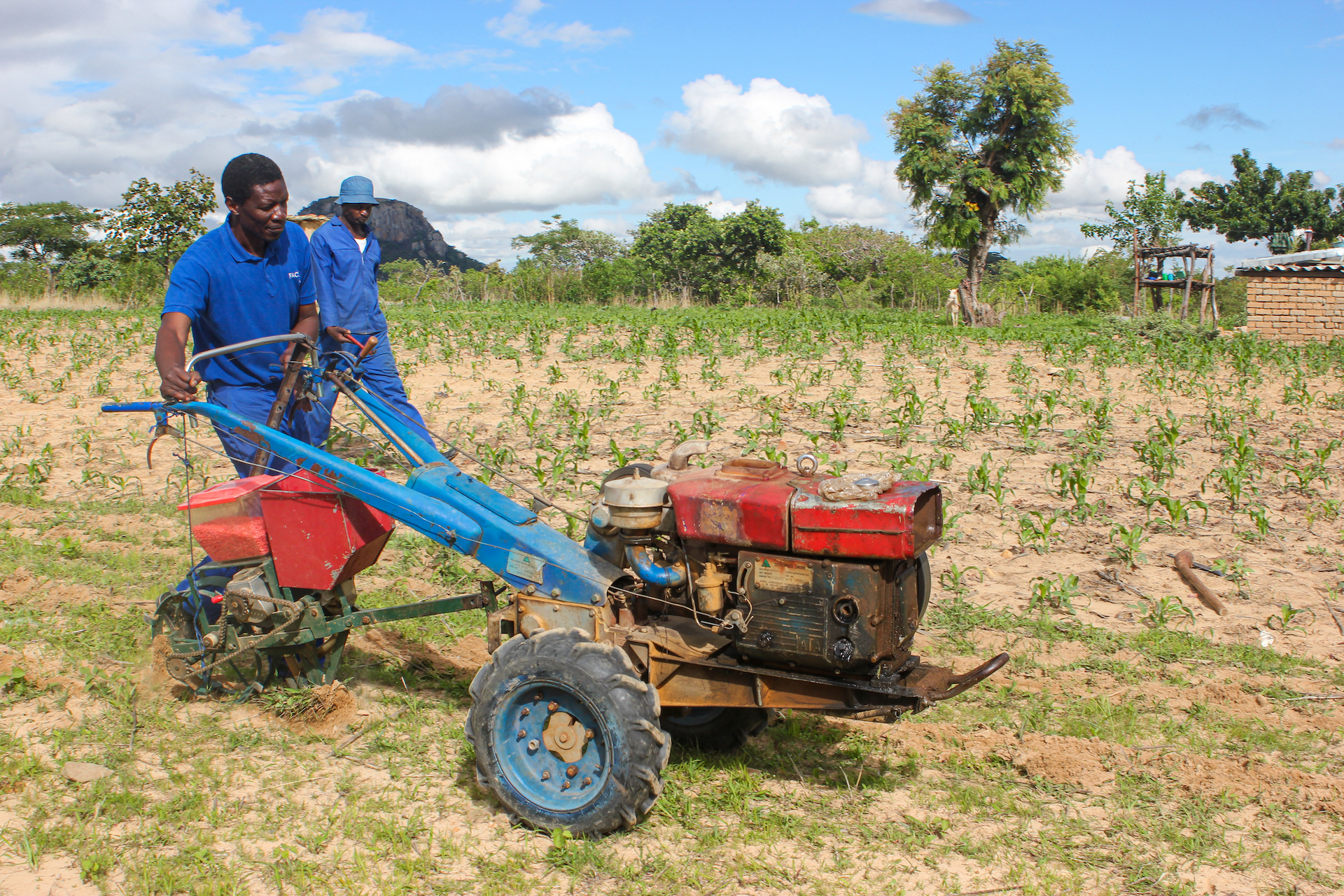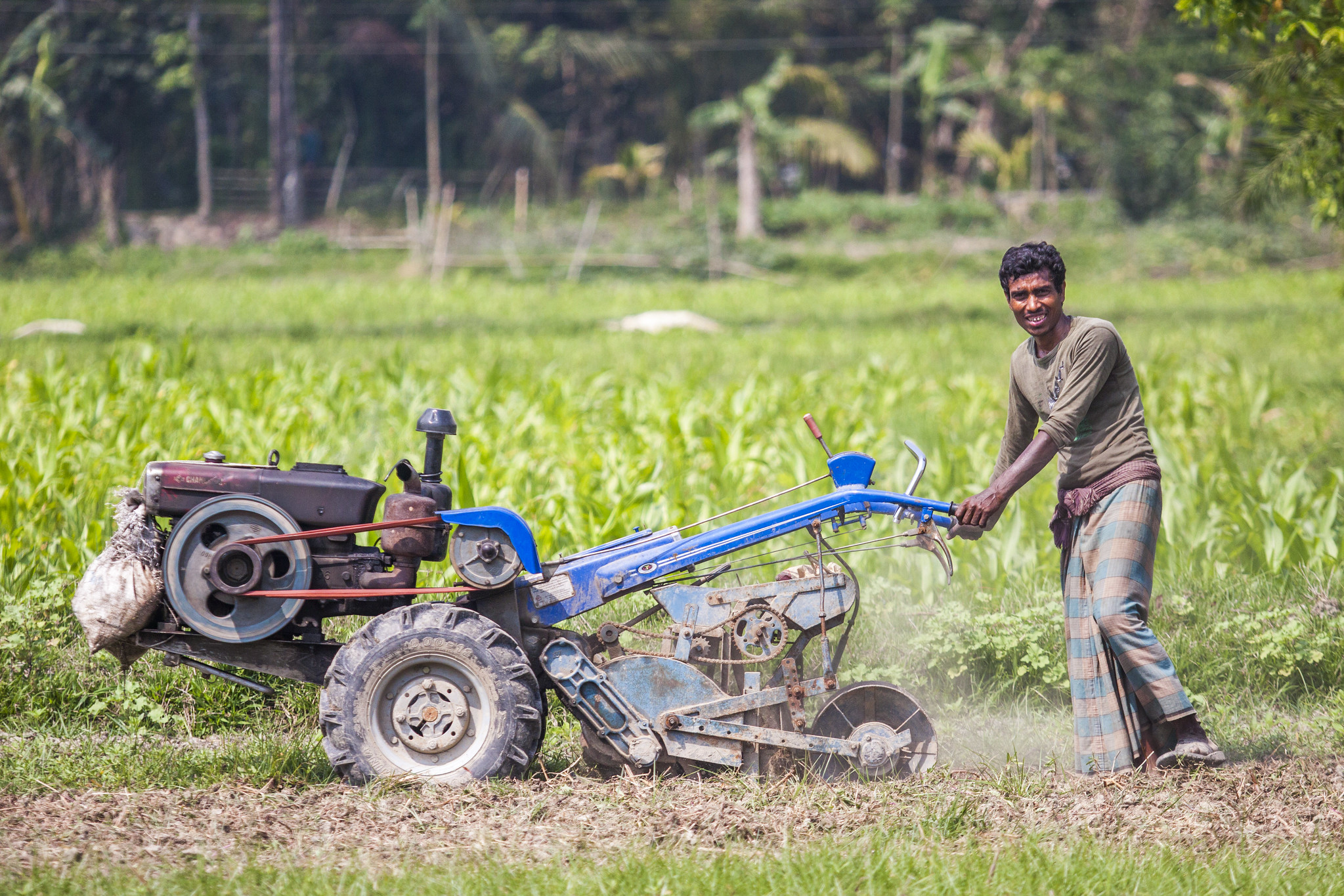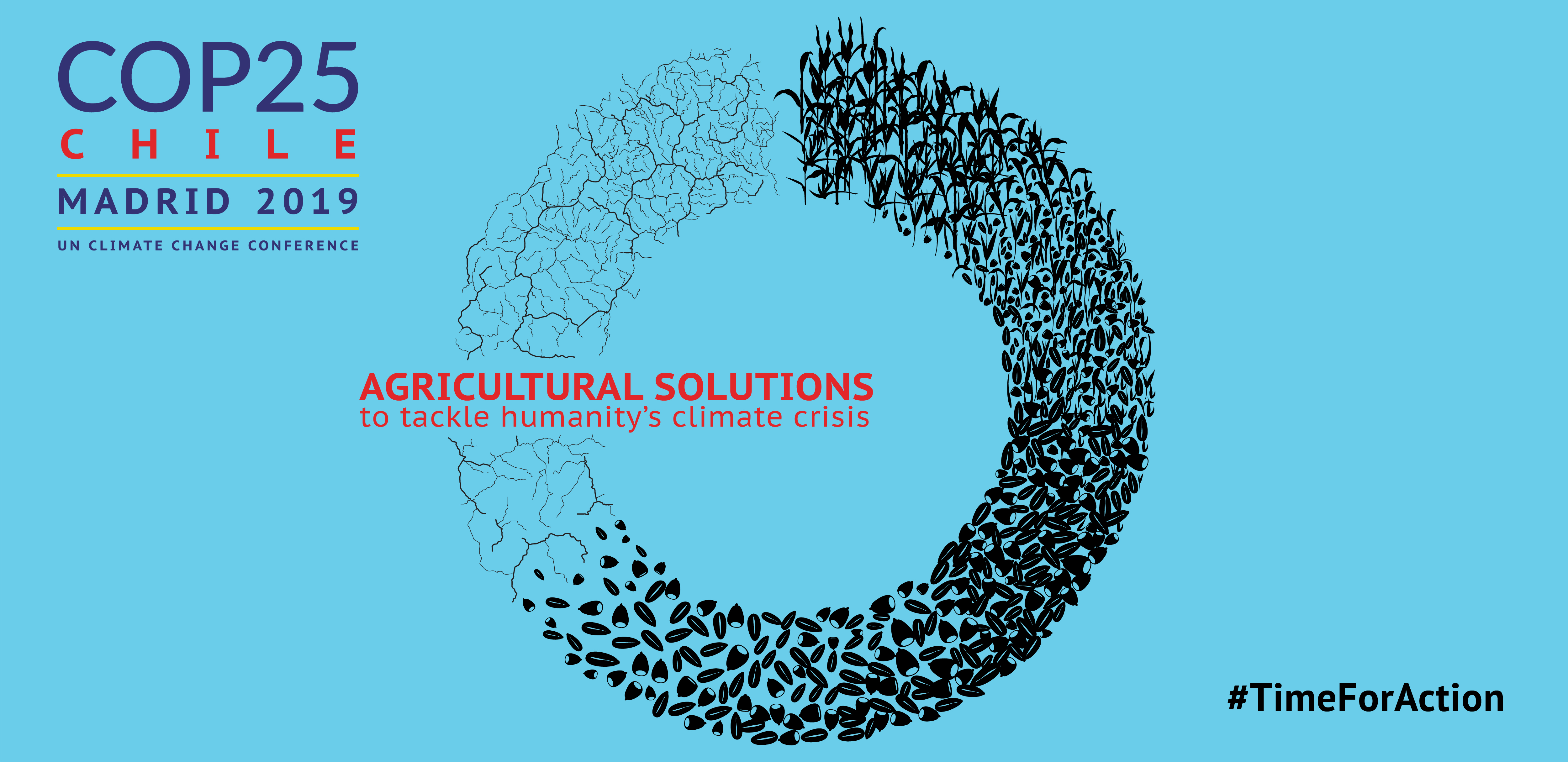It is a laborious and time-consuming process: chopping plant matter by hand to feed to livestock. In Cox’s Bazar district, in eastern Bangladesh, it is common practice. A mechanized fodder chopper can do the job more quickly and efficiently — yet this simple but effective machine has not seen much use in the region.
To address this, a collaboration between the International Maize and Wheat Improvement Center (CIMMYT) and aid organizations in the region is creating networks between farmers, agriculture service providers and the businesses that make and distribute the machines.
The Cox’s Bazar region is host to around 900,000 Rohingya refugees who were displaced from Myanmar. The influx of refugees has put a strain on resources in the region. This collaborative effort took place near the camps, in an effort to support capacity and economic development in the host communities nearby.
Though this collaboration has only been around for a few months, it has already seen early success, and received an award from the United States Agency for International Development (USAID). The award recognized the organizations’ “outstanding collaboration that contributed to increased and efficient livestock production through mechanization in the host communities impacted by the influx of Rohingya refugees.”
Mechanization and livestock collaboration
The project — funded by USAID — is a partnership between two existing efforts.
The first is Cereal Systems Initiative for South Asia – Mechanization Extension Activity (CSISA-MEA), which aims to boost the country’s private agricultural machinery industry while supporting local farmers. This initiative supports the mechanization of agriculture in Bangladesh, through increased capacity of the private sector to develop, manufacture and market innovative new technologies. CSISA-MEA is implemented by the International Maize and Wheat Improvement center (CIMMYT) in partnership with iDE and Georgia Institute of Technology.
The second is the Livestock Production for Improved Nutrition (LPIN) Activity, which works to improve nutrition and income generation among rural households in the region.
“We made a great collaboration with LPIN,” said Jotirmoy Mazumdar, an agriculturalist working with CSISA-MEA. “We’re very happy that our initiative helped us achieve this award. In this short time period, a new market opportunity was created.”
Nonstop chop
There are numerous benefits to using fodder choppers, according to Muhammad Nurul Amin Siddiquee, chief of party of LPIN. For one, having access to the choppers can save farmers around $7 (600 Bangladeshi taka) in labor costs per day, and reduce the amount of feed wasted by 10–15%. On average, a farmer can hand-chop 500 kg of forage or fodder each day, while the machines can process around 1,000 kg of the material per hour.
According to Siddiquee, giving chopped feed to livestock improves their productivity. One farmer’s herd of 17 crossbreed cows produced 115 liters of milk per day — he expects this to increase to 130 liters per day after feeding them fodder produced with a mechanized chopper.
“He can now save labor costs and four hours of his time per day by using the fodder chopping solutions,” he said, adding that the collaborative effort is “fostering increased livestock productivity and [farmer] incomes.”
However, Cox’s Bazar is far away from the center of Bangladesh, where most of these machines are produced. For example, there are more than 30 small engineering workshops in the more centrally located Khulna Division and they have cumulatively made 7,470 choppers.
“In Cox’s Bazar, it was almost impossible for those livestock farmers to get to know the chopper machines, and actually get access to them,” said Khaled Khan, team lead with iDE, who also aided in private-sector engagement.
So, the collaboration between CSISA-MEA and LPIN began connecting farmers and agriculture service providers with these fodder chopper producers and distributors. Moreover, it worked to increase knowledge of how to operate the machines among the farmers.
“Fodder choppers are an entirely new technology in Cox’s Bazar,” said Zakaria Hasan, CSISA team lead in the district.
Though it is still early days, the partnership has been met with a warm reception. Farmers and agriculture service providers cumulatively purchased 12 of the choppers within two weeks — each machine can support its owner and five other farmers — and three dealers are now selling the machines to meet farmer demand. In the region, 60 dairy farms are now purchasing chopped fodder for their livestock.
According to Khan, engaging the private sector in this project was essential. He explained that increasing the connectivity between the buyers and the sellers will help make the market larger and more stable.
“We found the perfect opportunity of supply and demand because their partners are demanding our partners’ service. The role of the private sector was the most important for the sustainability of this marriage of demand and supply,” Khan said.
“We want to establish a linkage between these two private entities. Our project’s job is to facilitate that, so that even after the project is over this networking continues in the future.”
Cover photo: Farmer Hosne Ara uses a mechanized fodder chopper to prepare feed for livestock in Bangladesh. (Photo: Ashraful Alam/CIMMYT)

 Innovations
Innovations 


